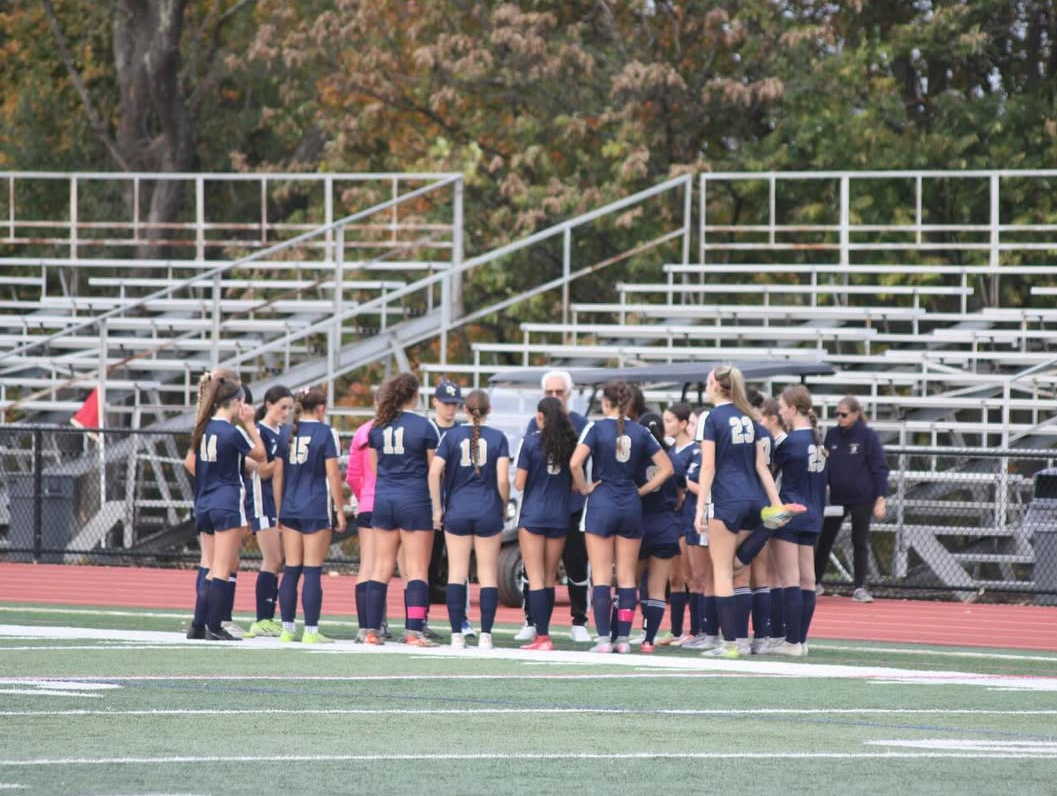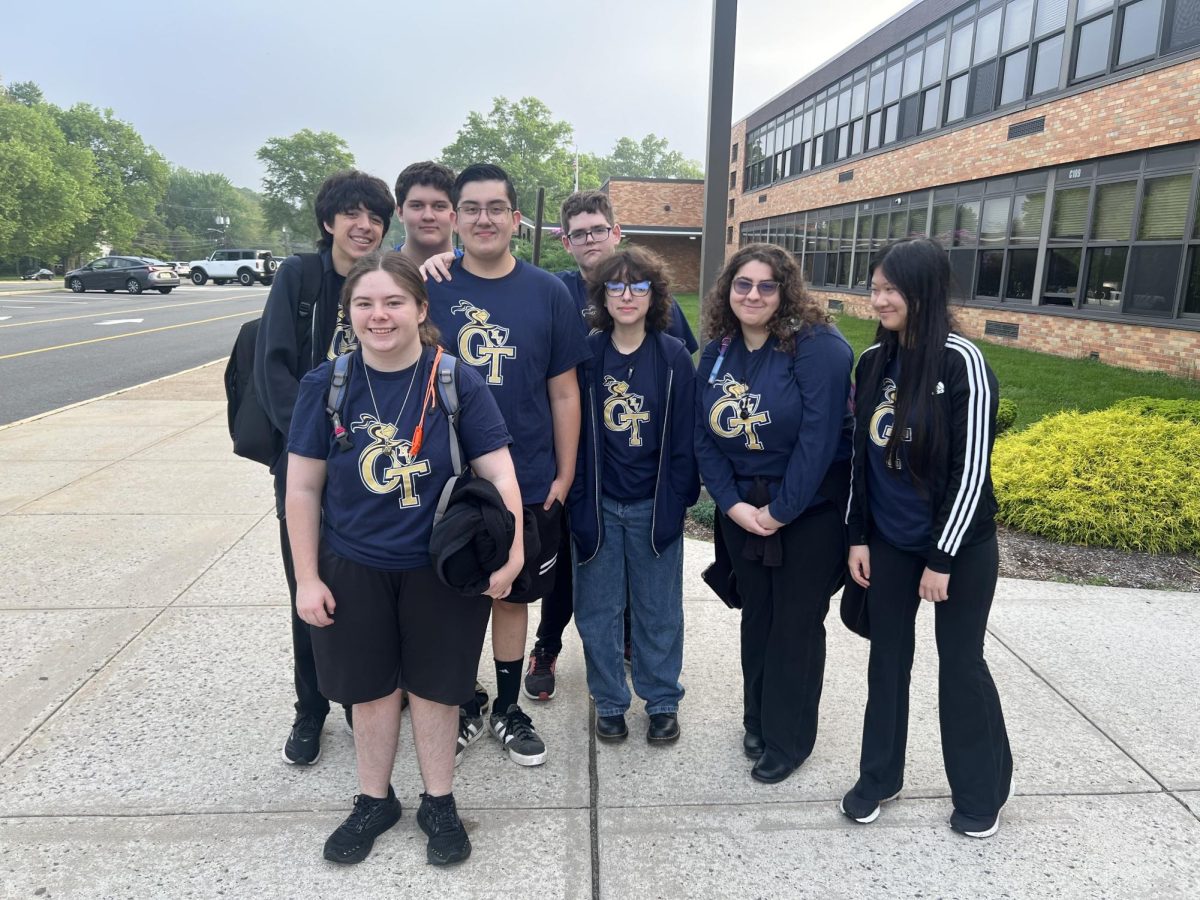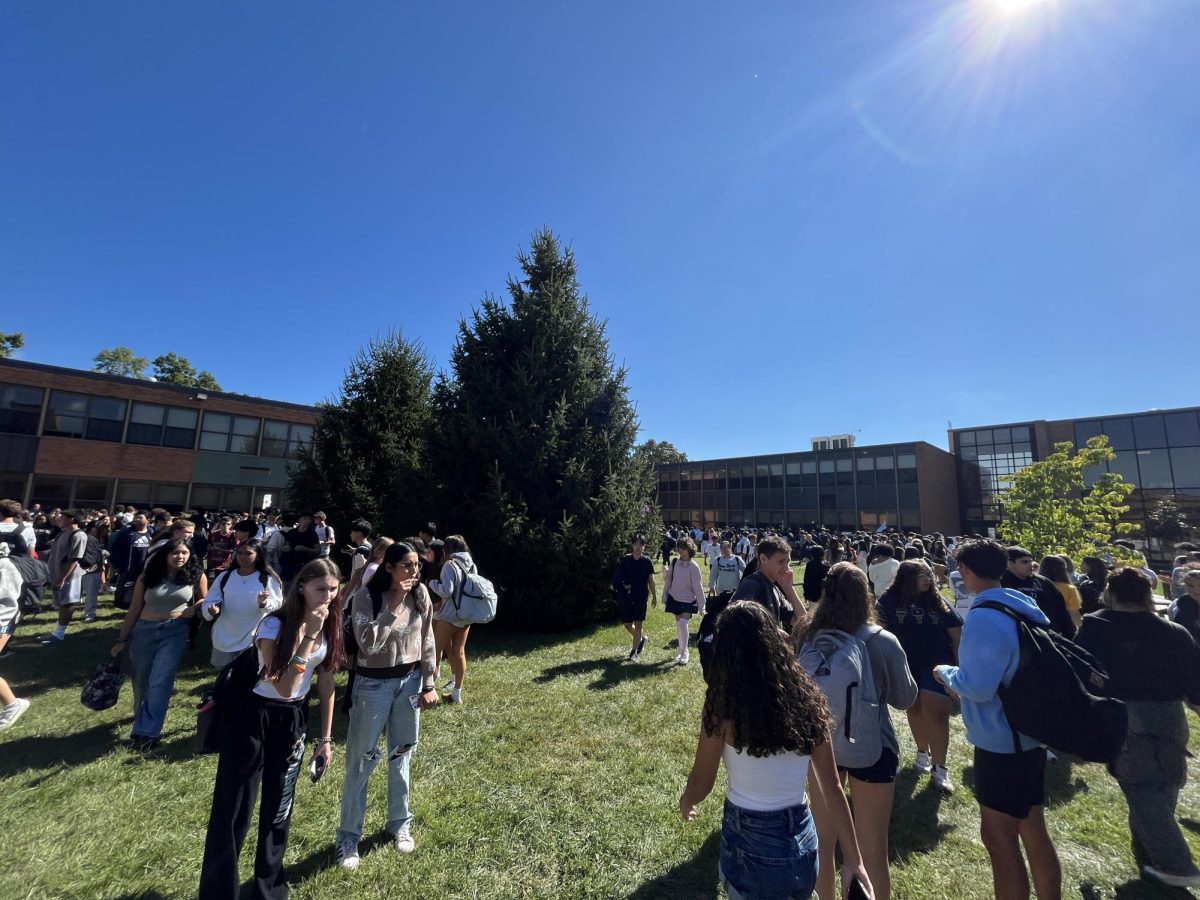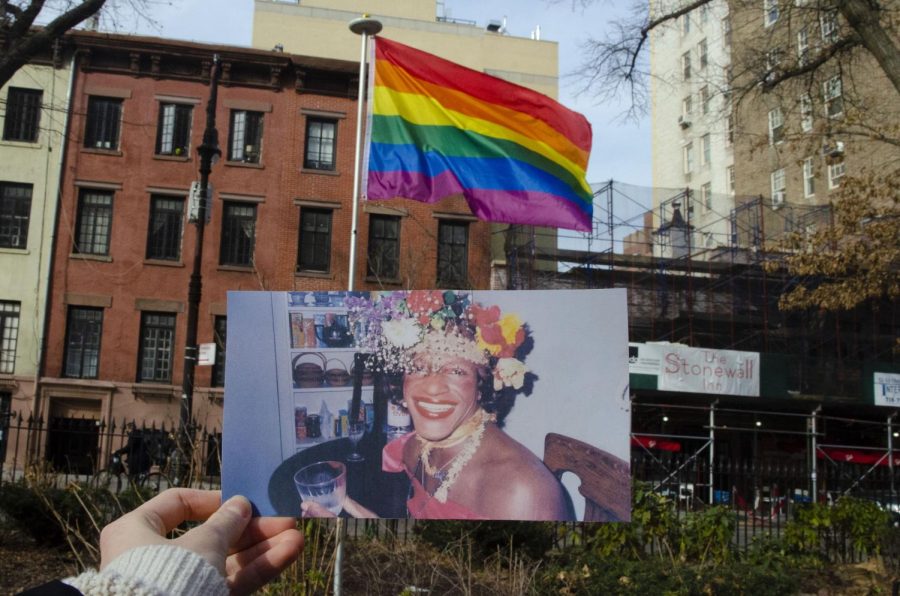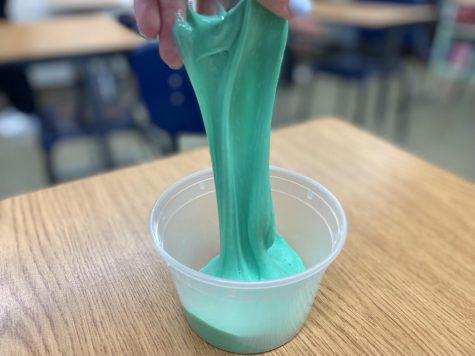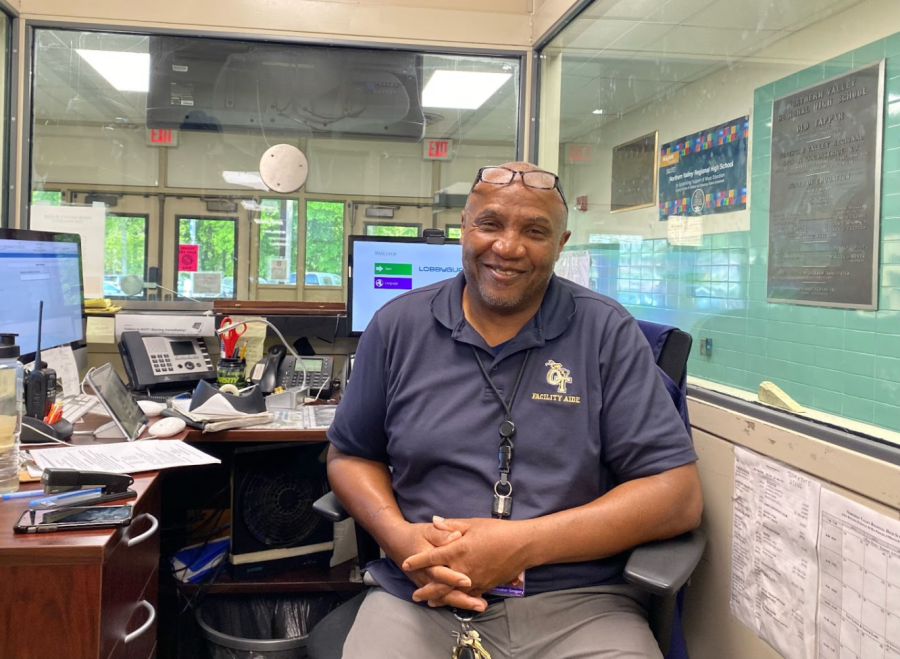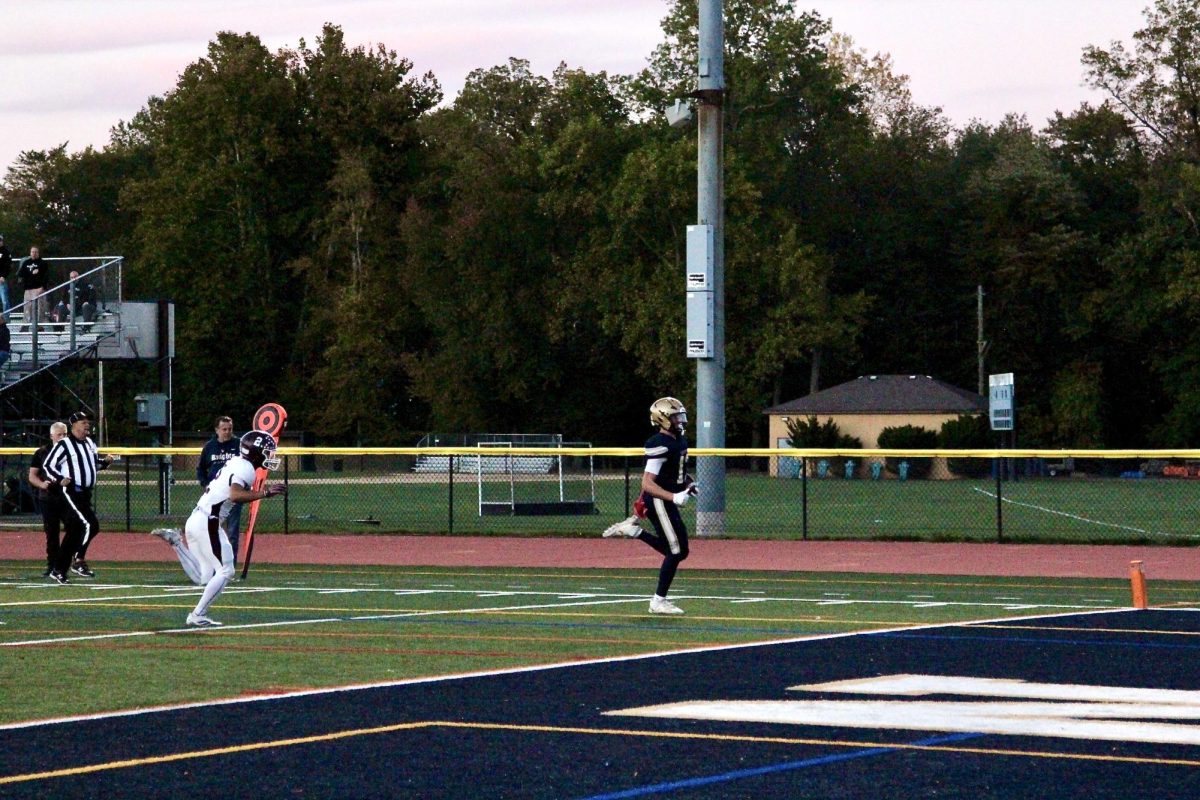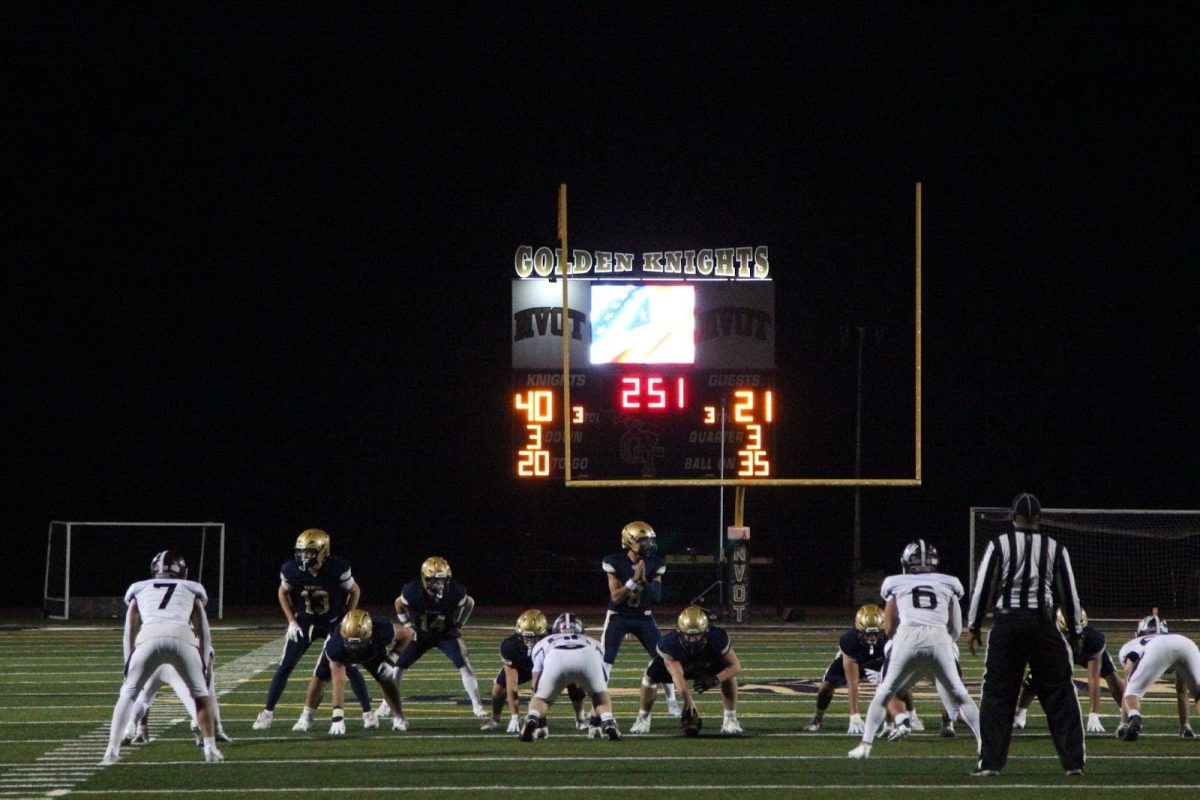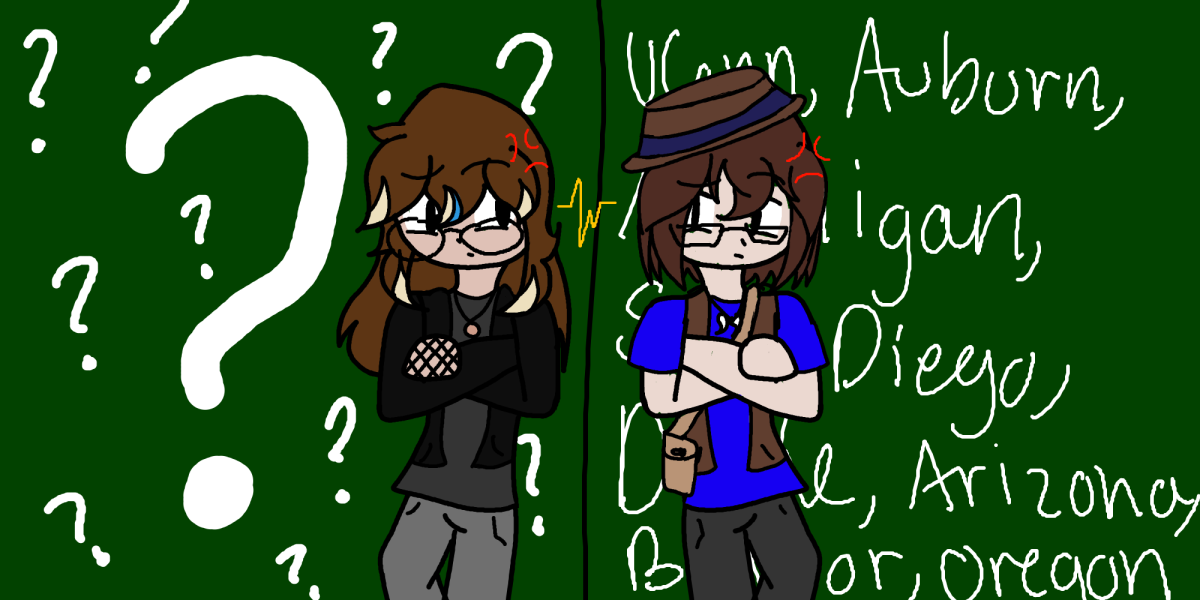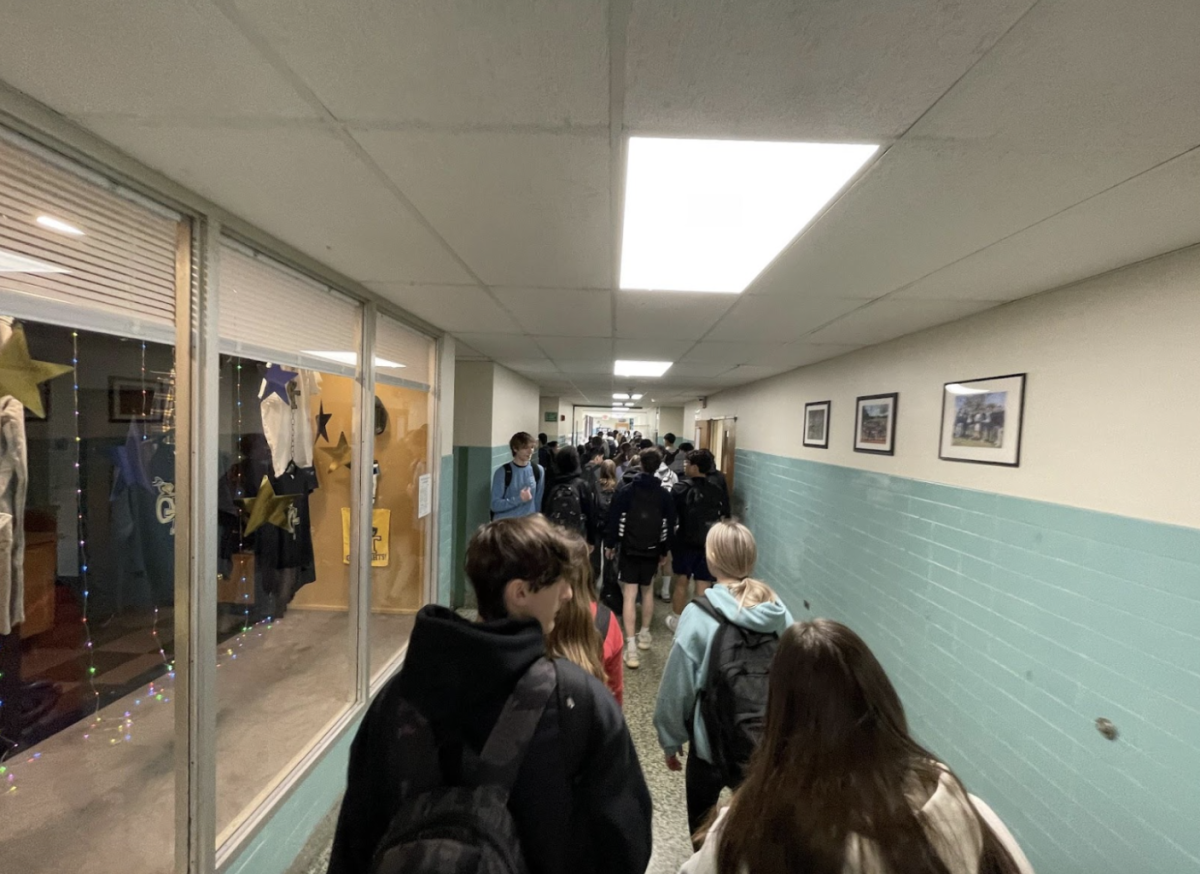Over the past few months, New Jersey encountered a natural phenomenon that no citizen would have suspected to occur: wildfires blazing through local towns and forests, transforming the Northeastern coast of the United States into that of hot and arid Southern California. Firefighters have scrambled to contain the nine wildfires across New Jersey, but the devastation these unexpected natural disasters imposed on local communities is significant.
Over the past month, New Jersey experienced dry land and cool temperatures amidst an unexpected historic drought. These conditions, along with fierce winds, are the perfect formula for starting wildfires. “Oftentimes, it has a lot to do with the environmental conditions,” said environmental science teacher Steve Ahad on the causes of wildfires. “I’ve heard of an instance when I was in Yellowstone. The tour guide was explaining how even having glass bottles from back in the day in the 70s and the 80s, with the light shining on it in a particular way can cause a fire as long as the conditions are dry.” While environmental conditions are the driving force of wildfires, human activity can still be the tipping point for starting fires. In Jackson Township, a man has been charged for firing an illegal shotgun that accidentally sparked the flames, while one teenager was charged for intentionally starting a fire in a NJ suburb near Philadelphia.
Smoke from the fires lingered throughout the Garden State, its thick cloud making the air hard to breathe, and the sun bright red. “I had to put eyedrops in halfway through the day,” said Lydia Greco, student assistance coordinator at NVOT, on how the fire affected her. “It was strange.” She is just one of the many individuals residing near the fires who remain concerned about the recent situation.
Besides the effects these fires impose on local residents, the damage it has caused to the natural environment has been harmful. English teacher Allison Beesley said, “I don’t think there’s real damage to roads or buildings. It’s all natural damage.” Beesley currently lives in Ringwood, NJ, where two surrounding fires burn nearby: one to the west in New Milford and one to the south at a lake. “I’m just sad,” she said. “We’ve seen some of our local wildlife injured and burned, and one of my favorite hiking trails is burned.”
But behind the scenes of these natural tragedies, are countless firefighters and volunteers working hard to contain the flames. Despite consistent work to contain the fires, it has been difficult for firefighters to do so because of the state of the surrounding environment and its dry winds.
Firefighter Mike Blondin, of the West Milford Fire Company 3, is just one of many selfless first responders who has been combating this blaze. “And actually, in May of this year, there was a microburst that brought a lot of trees down in that area. That was the first big challenge,” said Blondin in an effort to explain how these trees have become obstacles when trying to put out the fire. “On days where there was no wind, we didn’t see a lot of growth in the fire, and then obviously, the last probably 24 hours, there’s been significant winds, and the fires basically doubled in size,” he said during an interview on November 12th.
Regardless of the disarray associated with this issue, there is still hope for these New Jersey towns and environments to recover. “Nature is seemingly perfect,” explained Ahad. “It has built in mechanisms to repopulate its populations of plant life and such.”

